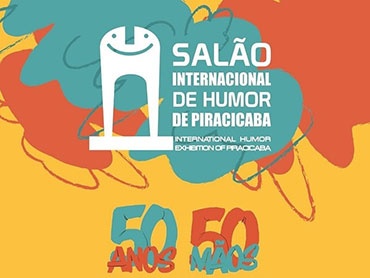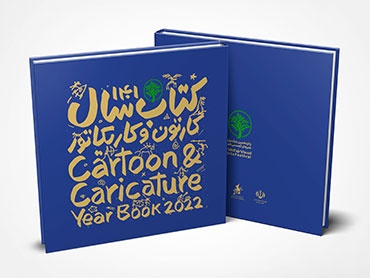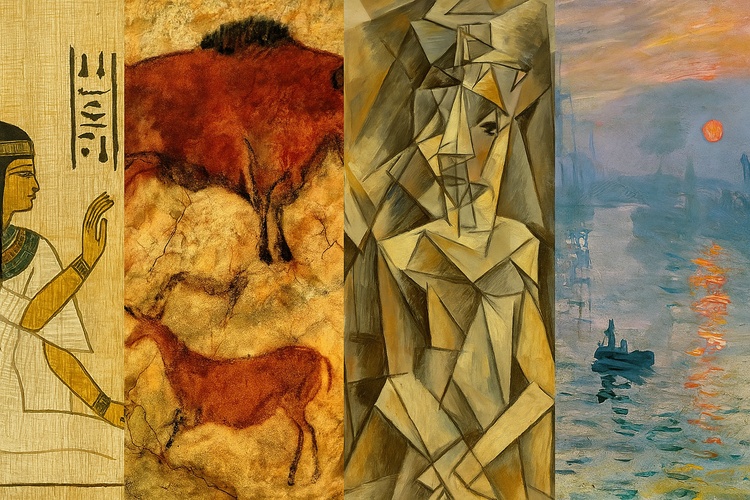
A Journey Through Time: The Fascinating Story of Art History
Art was born long before words were spoken or lines were drawn on paper. Over 30,000 years ago, early humans used charcoal, red ochre, and natural pigments to turn cave walls into scenes of hunts and dreams. The caves of Lascaux in France and Altamira in Spain still echo with the voices of those first artists, whose every line was a prayer and every figure a mark of life.
Over the millennia, civilizations rose and fell, and art transformed alongside them. In Ancient Egypt, art served eternity; paintings and sculptures were created not for decoration, but to accompany the soul into the afterlife. Ancient Greece turned art into a celebration of humanity. Marble statues and grand temples like the Parthenon honored the harmony of body and spirit.
Rome inherited this legacy, adding political realism and imperial grandeur. But with Rome’s fall, European art embraced the Middle Ages—a time when paintings and mosaics spoke primarily of faith, glowing with golden backgrounds.
Then suddenly, with the Renaissance, the world’s doors opened once again. Leonardo da Vinci, Michelangelo, and Raphael turned art into an endless quest for truth and beauty. Perspective, light, anatomy—all served stories that were no longer only about the heavens, but about humankind itself.
In later centuries, art flowed like a winding river through changing landscapes: the drama of Baroque, the playful elegance of Rococo, the order of Neoclassicism, and the emotional storms of Romanticism.
The 19th century saw the Impressionists—Monet, Renoir—break the rules, chasing light and capturing fleeting moments in trembling colors. Then came the boldness of 20th-century Modernism—Picasso, Matisse, Kandinsky—who redefined form and meaning. Abstract art, Dadaism, Surrealism all showed that art could turn inward, exploring the landscapes of the mind.
Today, in the digital age, art is no longer confined to canvas or stone. From video art and conceptual works to NFTs and AI creations, the boundaries between creator and audience, object and experience, grow ever more fluid.
Art history is the never-ending story of human curiosity—from simple lines on cave walls to glowing pixels on screens. Every era is a mirror reflecting both the face of humanity and its dreams.
Perhaps the secret to art’s endurance lies here: that within it we see both our past and the future yet to come.
LATAMARTE
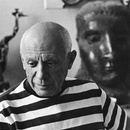
Pablo Picasso
Pablo Picasso (1881-1973) was a Spanish artist who spent most of his life in France. A true artistic giant, he excelled in painti ...
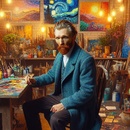
Vincent van Gogh
Vincent van Gogh, born 1853 in the Netherlands, is a Dutch Post-Impressionist painter. Though artistically talented, his early ca ...
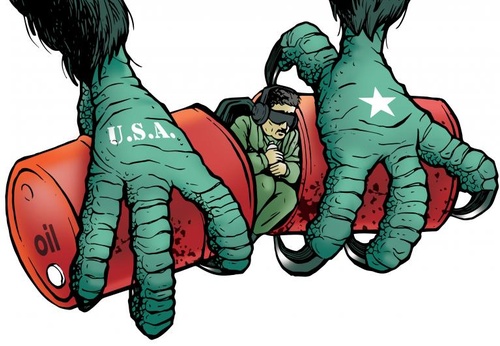
- January 07, 2026
Snatched
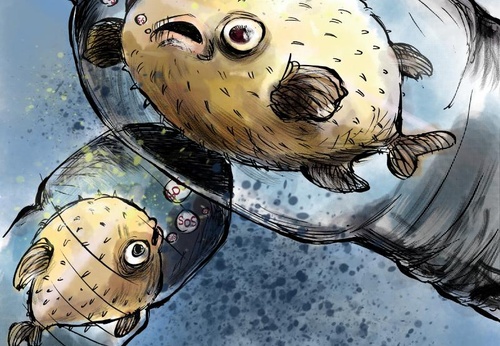
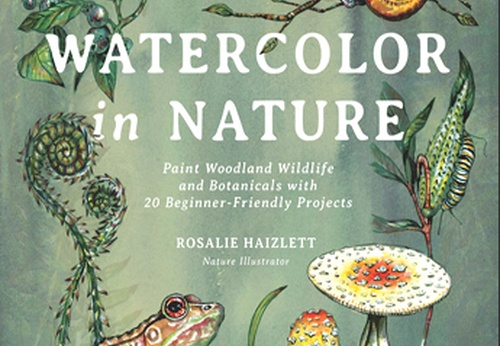

- January 06, 2026
Jade in Ancient Costa Rica
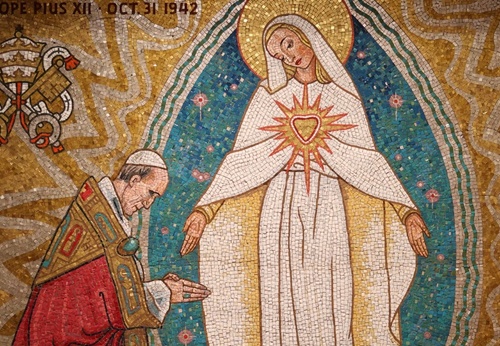
- January 06, 2026
Symbolism and Spirituality in Latin American Sacred Art
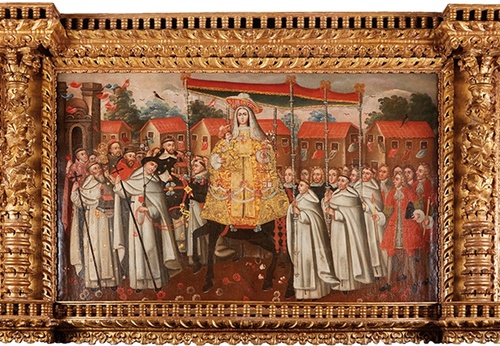
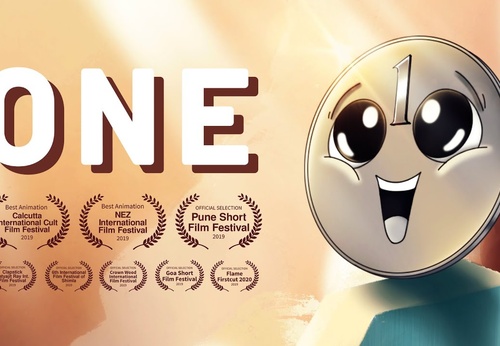
- January 06, 2026
ONE - Indian Animated Short Film
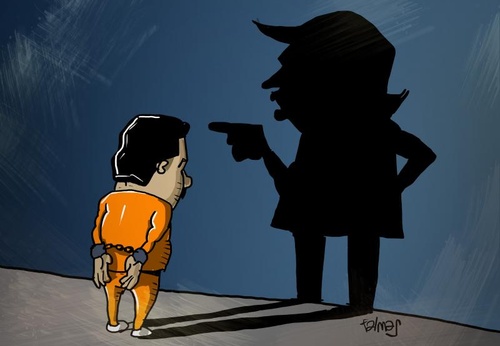
- January 06, 2026
Venezuela The shadow of Trump
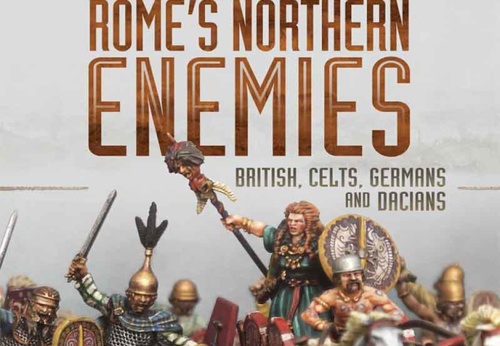

- January 06, 2026
Symbolism and Spirituality in Latin Ame…

- January 06, 2026
Sacred Art in Latin America: Meeting be…

- January 05, 2026
The Importance of Art in Society

- January 04, 2026
Graphic Art: Much More Than an Image, a…

- January 04, 2026
The Future of NFTs and AI-Generated Art

- January 01, 2026
Human Creativity vs. Algorithmic Creati…

- January 01, 2026
The Role of AI in the Preservation of C…

- December 31, 2025
Smart Museums: Artistic Experiences wit…

- December 31, 2025
Ethical Challenges of Machine-Created A…

- December 30, 2025
Generative Art: From Code to Gallery

- December 30, 2025
How Artificial Intelligence Is Redefini…

- December 29, 2025
Artificial Intelligence and the Reconfi…

- December 29, 2025
The Artificial Intelligence Revolution …

- December 28, 2025
The Difference Between Contemporary Art…

- December 28, 2025
The Impact of Contemporary Art on Today…

- December 28, 2025
Contemporary Art and its Multiple Langu…

- December 27, 2025
Graffiti: Urban Voices That Tell Stories

- December 27, 2025
The Art of Graffiti: Expression, Identi…

- December 24, 2025
Art as Human Expression and Universal L…

- December 24, 2025
Art in the Street: When the City Become…

- August 29, 2023
The history of Bolivian art

- February 19, 2024
Analysis and meaning of Van Gogh's Star…

- January 28, 2024
Culture and Art in Argentina

- September 25, 2023
What is the importance of art in human …

- September 23, 2023
What is paint?

- August 23, 2023
The 11 types of art and their meanings

- August 10, 2023
14 questions and answers about the art …

- September 23, 2023
Painting characteristics

- August 30, 2023
First artistic manifestations

- January 12, 2024
10 most beautiful statues and sculpture…

- September 23, 2023
History of painting

- March 26, 2024
The importance of technology in art1

- July 13, 2024
The impact of artificial intelligence o…

- March 26, 2024
Cultural identity and its impact on art…

- April 07, 2024
Graffiti in Latin American culture

- August 16, 2023
The 15 greatest painters in art history

- April 06, 2024
History of visual arts in Ecuador

- April 02, 2024
History visual arts in Brazil

- October 18, 2023
History of sculpture

- November 21, 2024
The Role of Visual Arts in Society

- February 19, 2024
Analysis and meaning of Van Gogh's Star…

- August 13, 2023
9 Latino painters and their great contr…

- August 23, 2023
The 11 types of art and their meanings

- August 10, 2023
14 questions and answers about the art …

- August 27, 2023
15 main works of Van Gogh

- August 29, 2023
The history of Bolivian art

- January 28, 2024
Culture and Art in Argentina

- November 06, 2023
5 Latin American artists and their works

- September 23, 2023
Painting characteristics

- September 23, 2023
What is paint?

- September 25, 2023
What is the importance of art in human …

- March 26, 2024
Cultural identity and its impact on art…

- August 30, 2023
First artistic manifestations

- December 18, 2023
10 iconic works by Oscar Niemeyer, geni…

- January 20, 2024
What is the relationship between art an…

- January 12, 2024
10 most beautiful statues and sculpture…

- August 24, 2023
The most famous image of Ernesto "Che" …

- October 30, 2023
Characteristics of Contemporary Art

- May 26, 2024
Técnicas de artes visuais

- August 22, 2023

